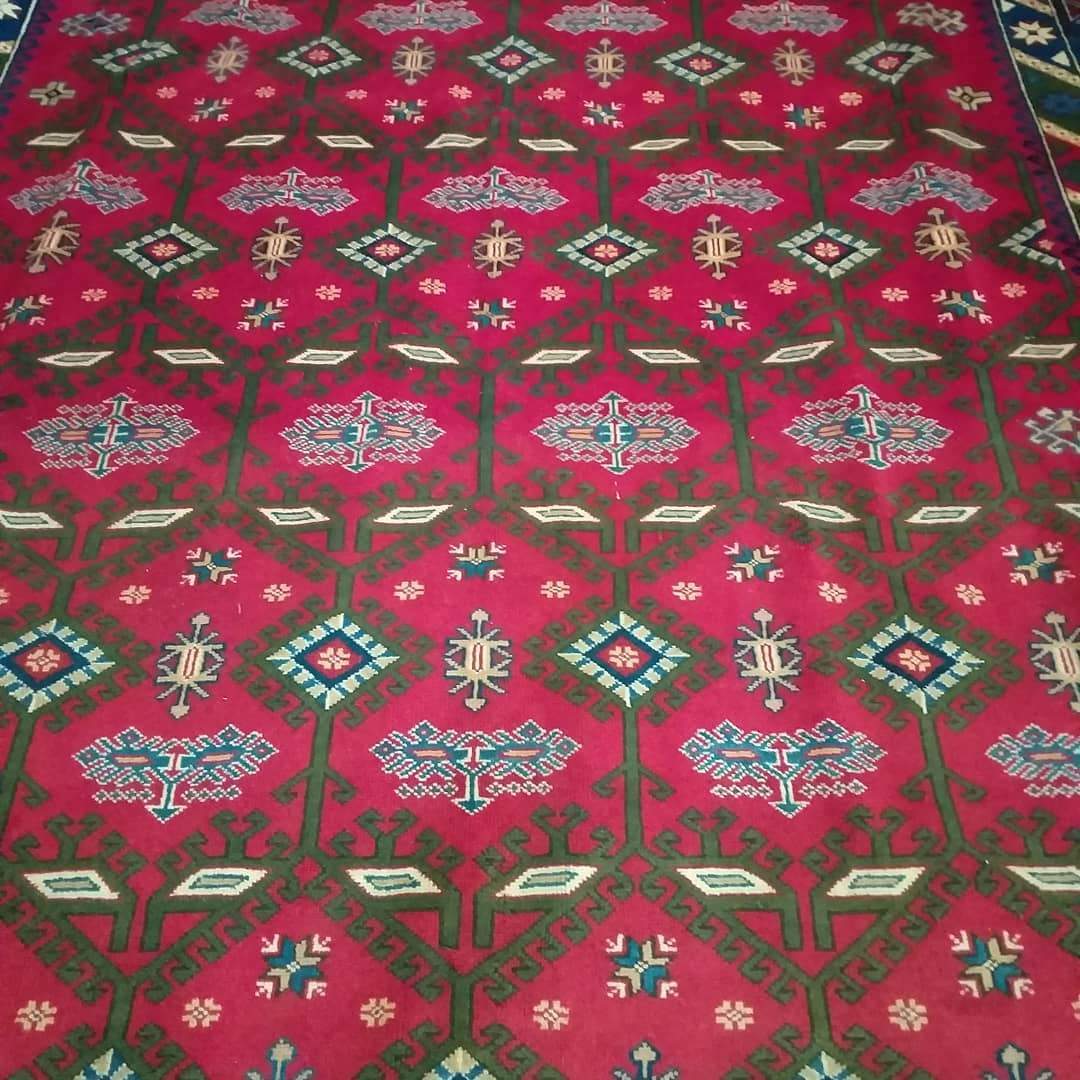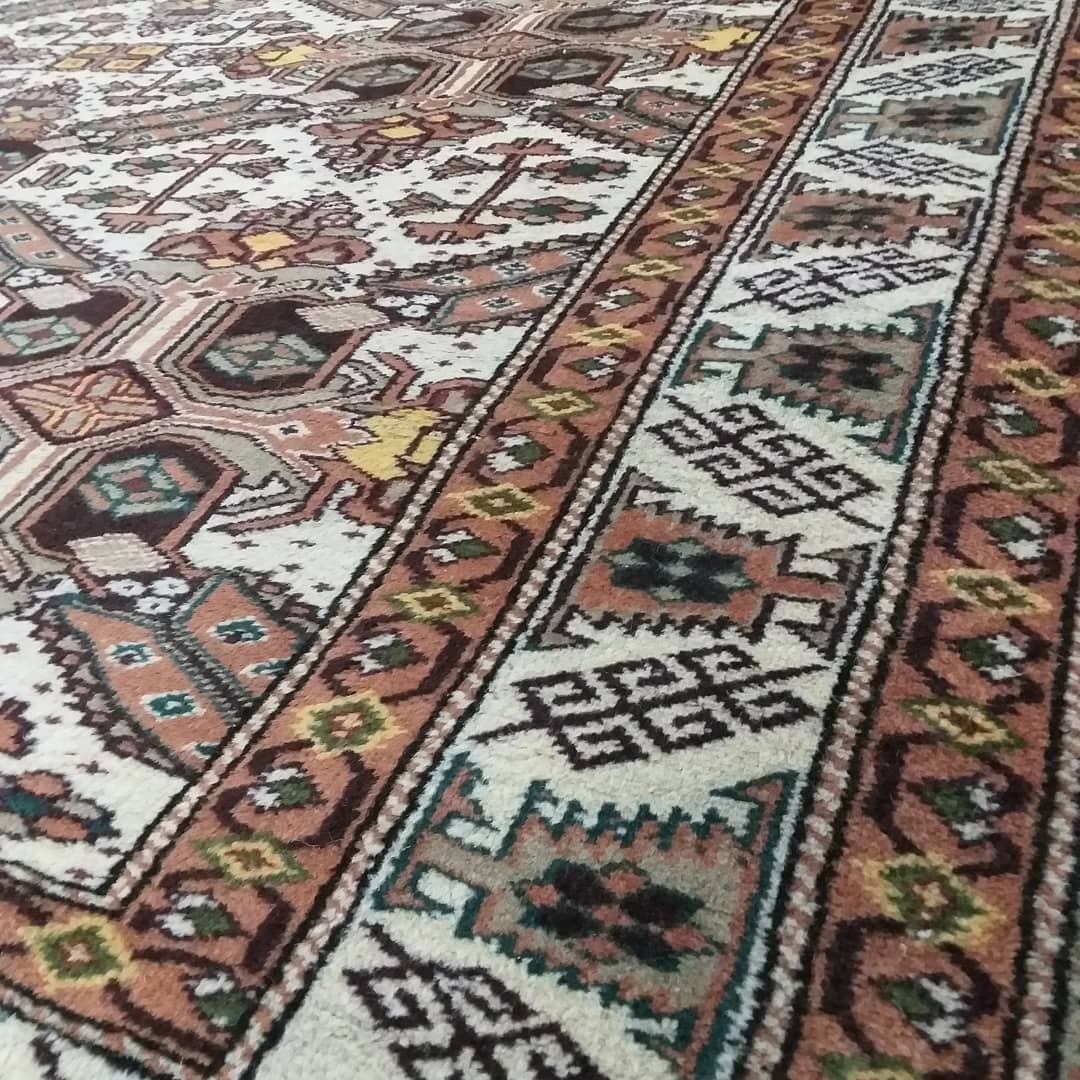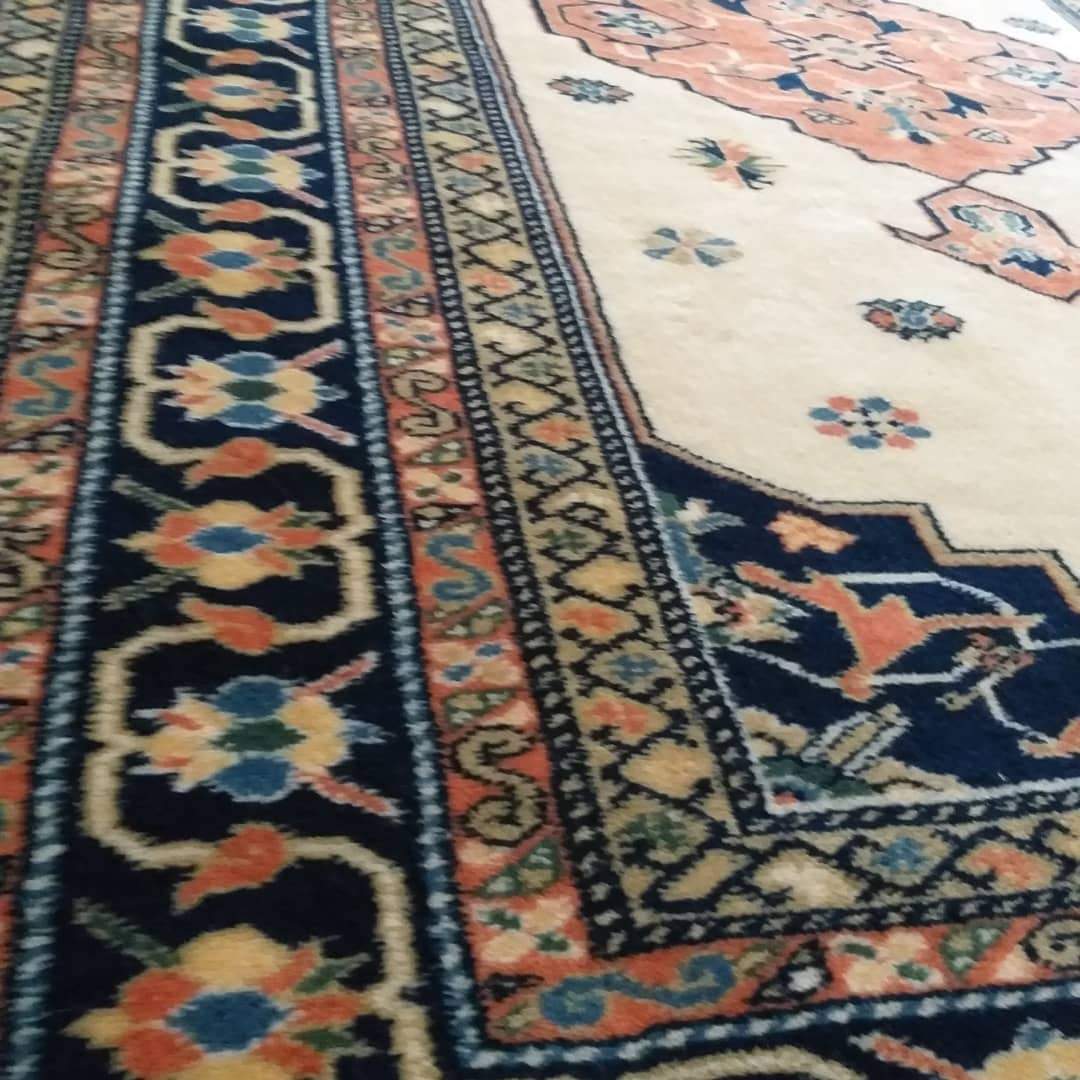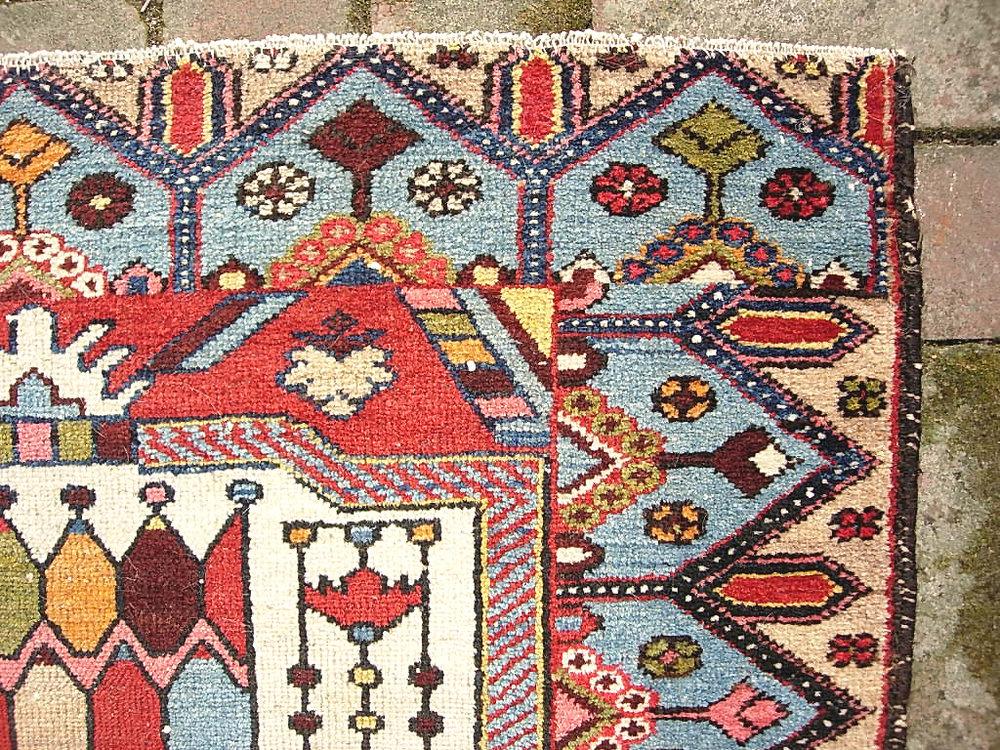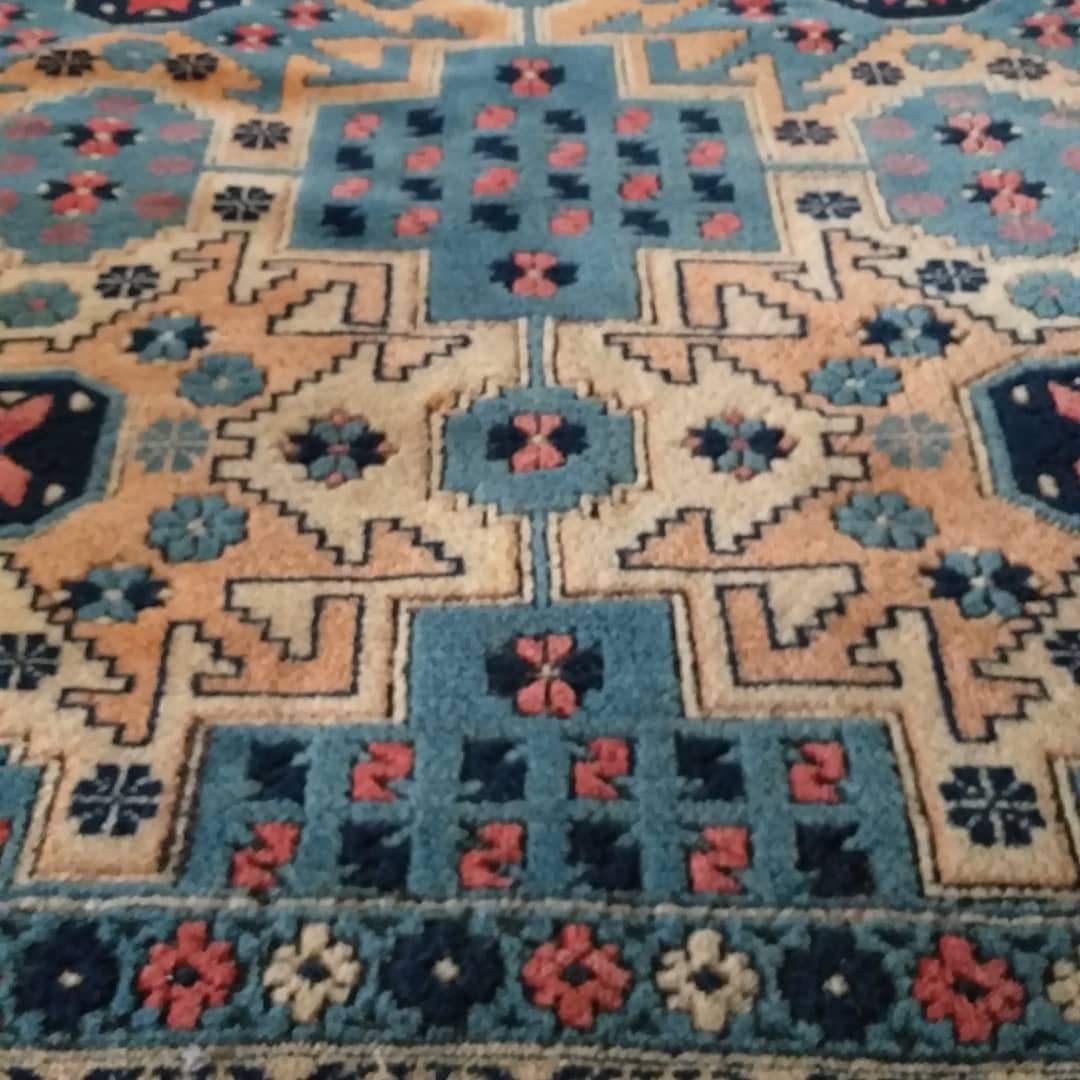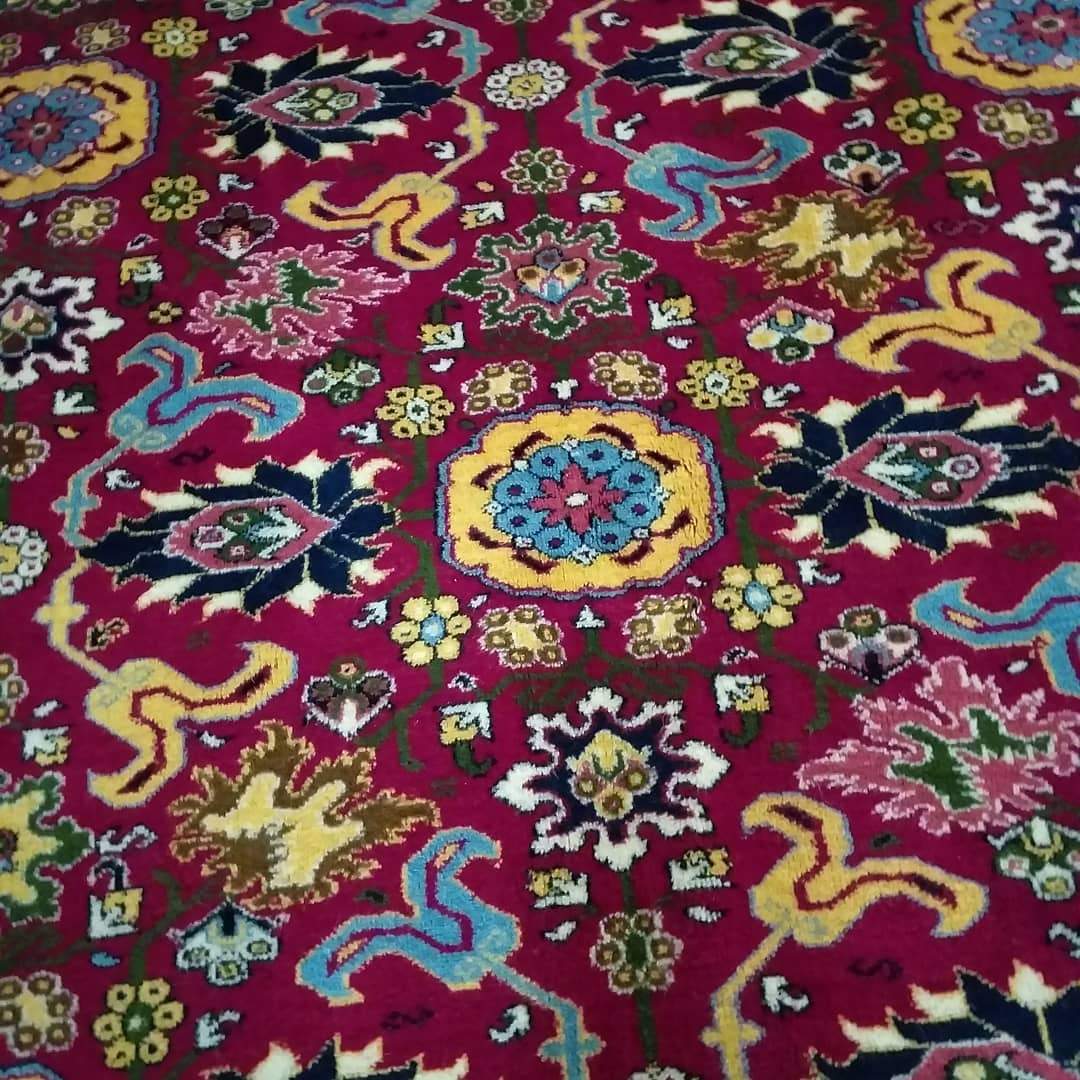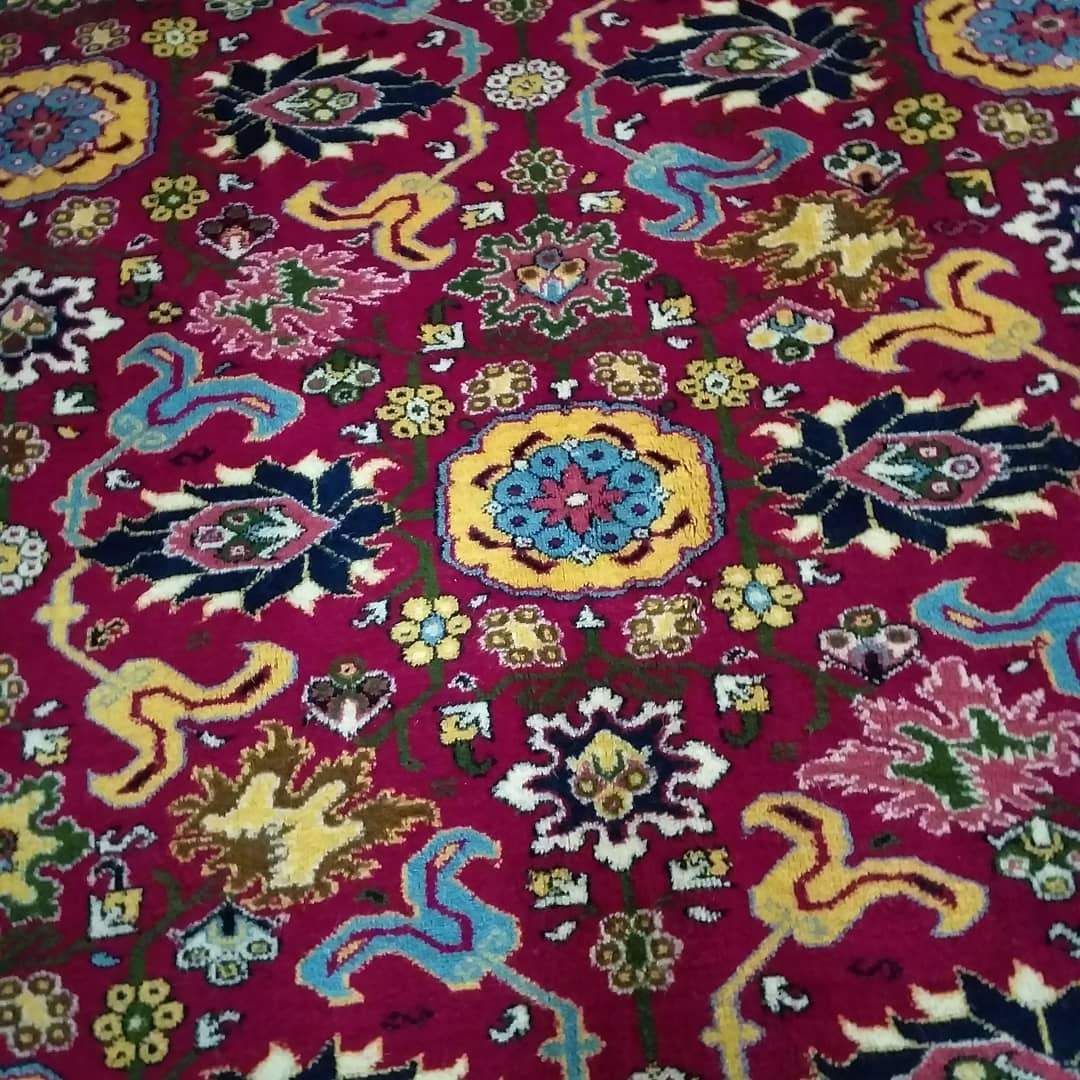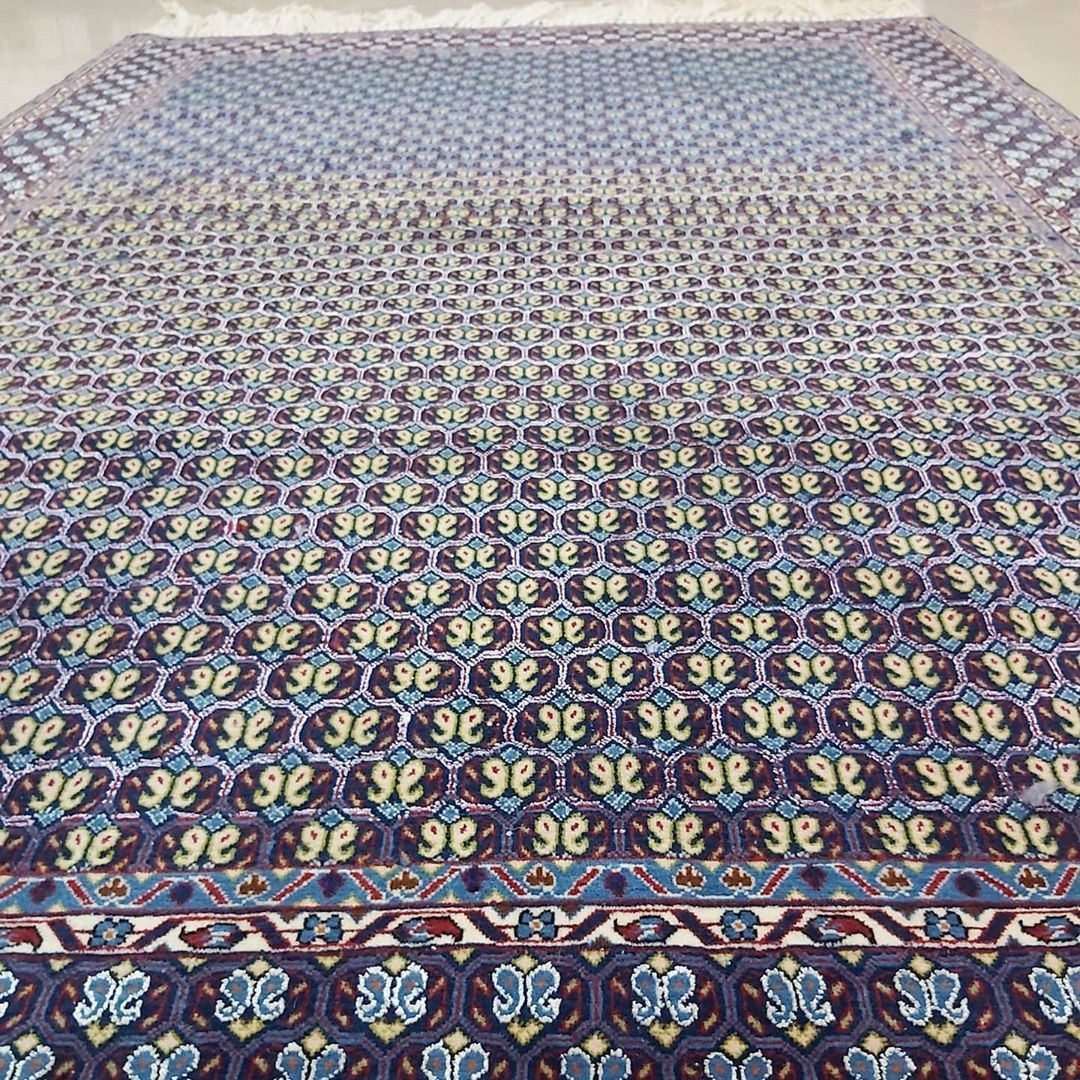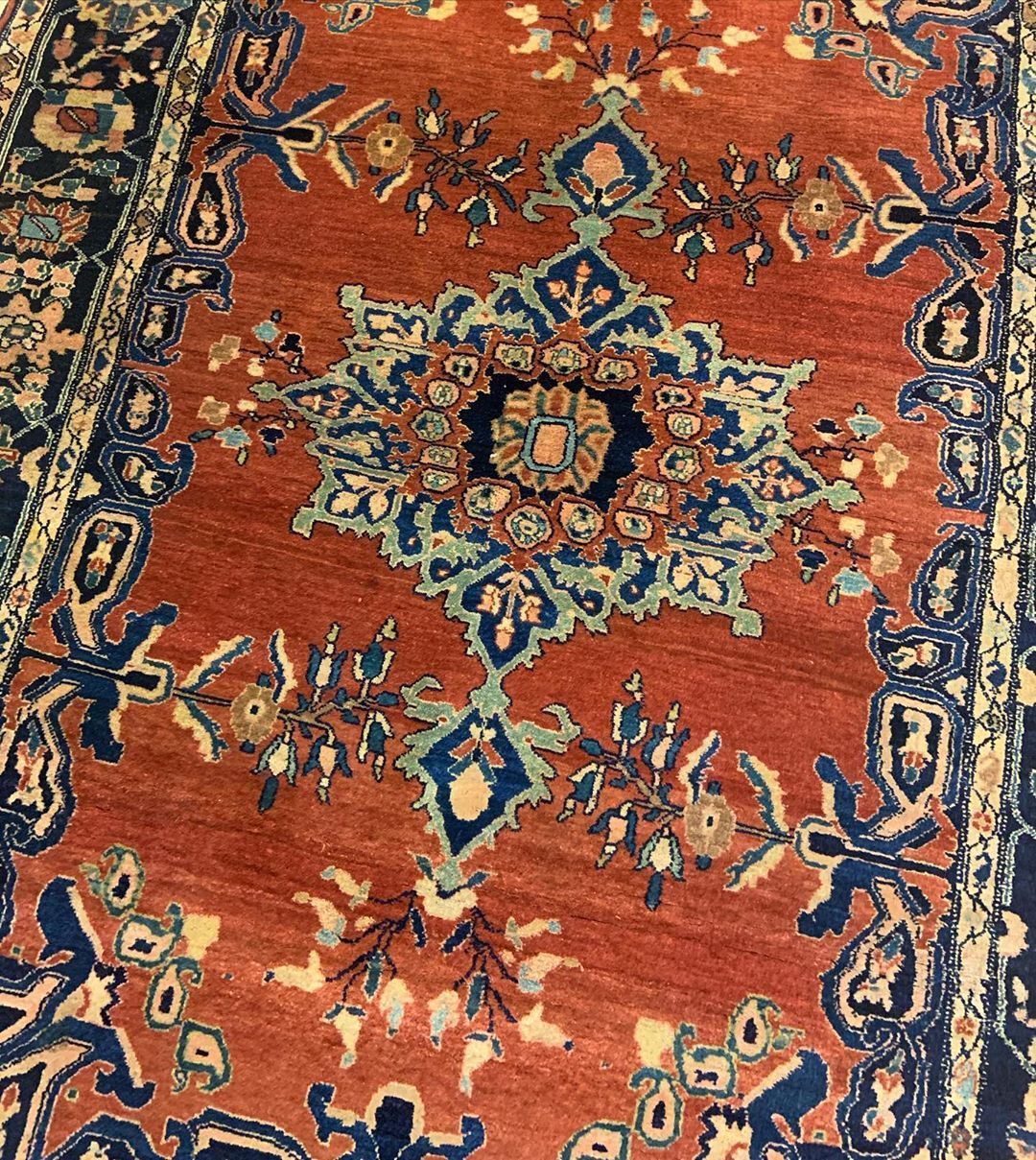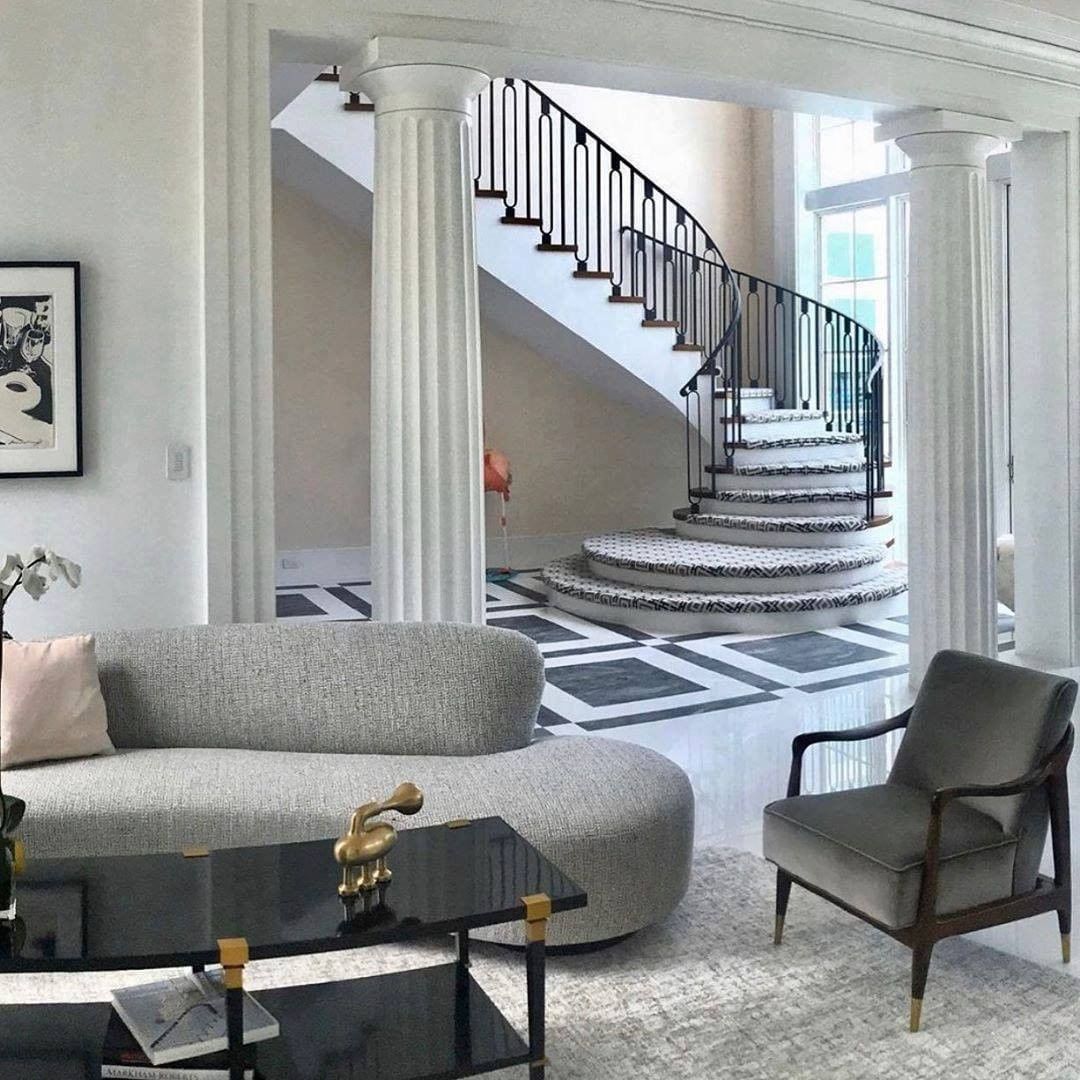History of Arabian Rugs
The history of Arabian rugs is as old as the Arabian Peninsula started meeting people. It was produced to cover traditional seats used by the Arab countries in the Middle Ages.
In the following years, the usage area of the carpets was expanded and started to be used in floor covering.
Arab rugs made in all sizes could weave in all kinds of patterns. In addition, Arab rugs included not only rugs produced in Saudi Arabia but also rugs from all countries in the Arabian Peninsula. In other words, carpets produced by Saudi Arabia and carpets produced by Yemen were also given the same name.
The sales rate of Arab rugs peaked with the frequent use of the Spice Road. Arab rugs have been moved to Europe by traders who started to use this trade route and have achieved worldwide fame. For this reason, it is still known by the whole world and is often preferred.
How are Designing The Arabian Rugs?
Arab rugs have remained under the influence of the Renaissance due to the period when they were produced. These carpets were designed using motifs and embroideries used in Italy.
So it emerged as a mixture of Renaissance and Arab cultures. But recently this tradition has been disrupted and motifs of ancient Arab culture have begun to be used.
The final version of the carpets has been much loved by the users and European customers have started using these products at home.
Finally, it is worth noting that Arab carpets give prestige to the home where it is used and create a beautiful appearance.

